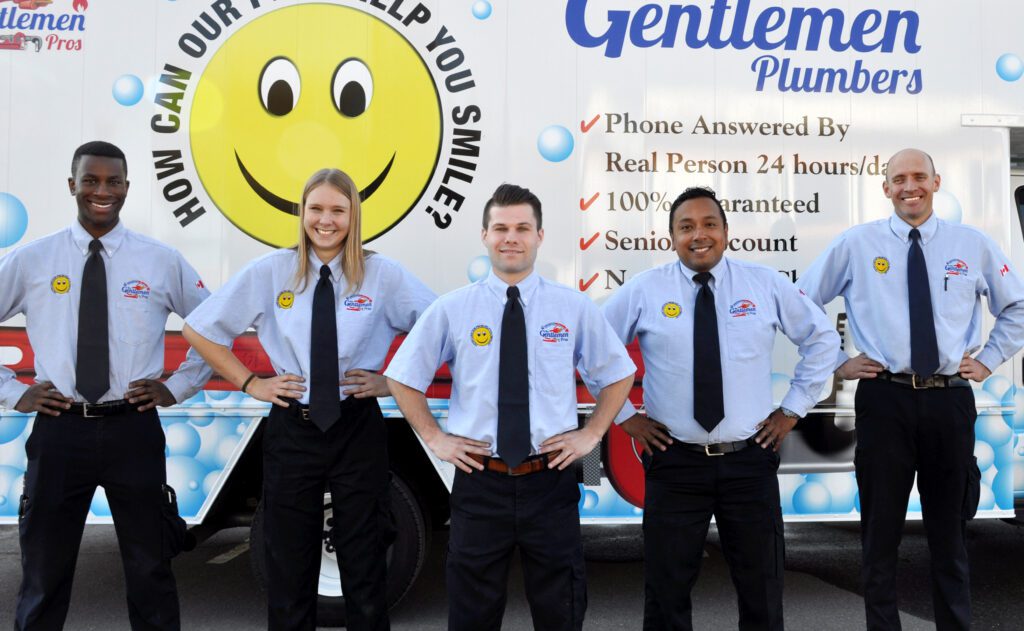Same Day Service
Since 2001
Call The Gentleman Pros Now!
(403) 879-1759


What do I Need to Know About Under Cabinet Lighting?
Under cabinet lighting is a great addition to any home. It makes working in that area a breeze (task lighting) and has the added bonus of creating a beautiful ambience (accent lighting). When most people think of under cabinet lighting they think kitchen, but it also works really well over workbenches, desks, and where you craft — really, anywhere you work.
This type of lighting is an excellent idea because when you are cutting vegetables at your counter you are casting a shadow over your workspace, making it harder to see and easier to cut your fingers. Oops! The shadow is created by you standing between your ceiling lights and what you are working on. Under cabinet lighting brightens your work area and will save your fingers and possibly a trip to the emergency room.
Types of under cabinet lighting
Strip Lights
Strip lights come in a sturdy housing and a light diffusion cover. They are great in your kitchen. You know that old adage – Measure twice, cut once? With these, measure your space three times. You can’t change the size of these fixtures and you don’t want to end up with a fixture too long or too short for the space.
LED Tape Lights
These lights come in rolls and have a sticky back making installation a cinch for the DIYer. The flexibility of the tape lights make them ideal for tricky layouts. However, their bendiness makes them easier to break and they will eventually lose their stick and start to fall down.
Puck Lights
Puck lights cast a pool of light, making them great for accent lighting. There are two types of puck lights. The first you can install yourself with either adhesive or screws. The second is recessed into the cabinet and requires a professional electrician, and sometimes even a cabinet maker, to install. If you want to use puck lights for task lighting, please plan carefully to ensure their light on the work surface is continuous and does not have breaks in between each pool of light, creating dark areas.
Key considerations for under cabinet lighting
Size
You need to take into consideration the size of the light fixture and the space you want to install the light. You do not want to end up with a two foot fixture for a one foot space! You also don’t want the light fixture to encroach on your work space. For example, if there are only two inches of room between the top of your tallest counter appliance and the bottom of the cabinet, you want a light that is less than two inches deep.
Power source
Direct wire – The light fixture is wired directly into your home’s electrical system. You should have an electrician install these fixtures, Using an electrician is an additional cost but worth it because you will not have unattractive wires dangling about and there is no chance you will accidently zap yourself.
Batteries – Battery-powered lights are easier to install than direct wire lights. But keep in mind batteries are not the most environmentally-friendly option and often don’t last as long as the manufacturer suggests.
Plug – These lights plug into a wall socket. You will have to deal with the wires. Hiding the wires can take some planning and you can attach them to the underside of the cupboard using hooks or a staple gun. Also, do you have enough outlets for the lights and your appliances?
Light type
LED (light-emitting diode) – The most popular of the options, even though their upfront cost is more expensive. Their bulbs last longer than other types, emit less heat, use less energy, and come in a multitude of colours.
Fluorescent – A good middle of the road choice. They are long lasting and easy on your electric bill. Though, the light they cast will remind you of hospital lighting. They also can’t be connected to a dimmer and you can’t just throw them in the garbage once they die because they contain a small amount of mercury. Red Deer’s waste management facility accepts fluorescent bulbs as part of their household hazardous waste program. To find out how you can dispose of your fluorescent bulbs, please contact your local government.
Halogen – Halogen lights produce a clear white light. But they run very hot and shouldn’t be used anywhere they might be touched and you’ll want to keep heat sensitive items away. They’ll do a number on your chocolate bar or bouquet of flowers. They are not as energy-efficient as LED and fluorescent lights.
Xenon – Xenon lights cast a beautiful pure white light effectively lighting your work surface. They also have a decent life span. The cons are they run hot (though not as hot as halogen) and they consume a lot of energy. You may not like their impact on your electric bill.
Both halogen and xenon fixtures are older technology and not something we recommend due to environmental factors and their cost to operate.
Lumens
Lumens refer to the brightness of a bulb (watts refer to how much energy is used). The brighter you want your workspace to be the higher the lumens you need.
Additionally, you want to think about your budget and why you want under cabinet lighting. Is it for task lighting or accent lighting? By answering these questions and considering the information above, you’ll be able to decide on a style of under cabinet lighting that works for you.



